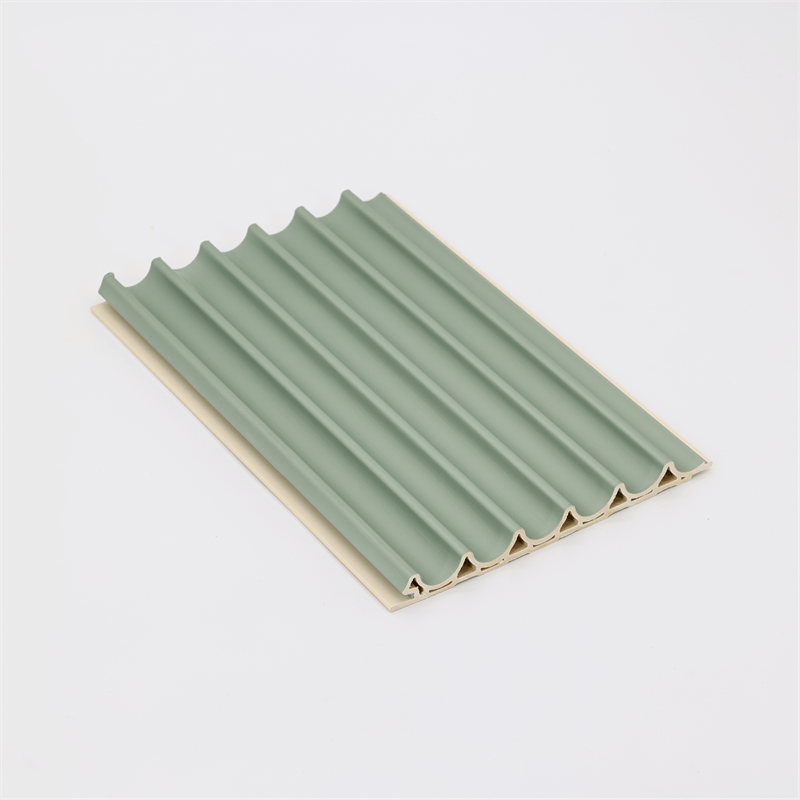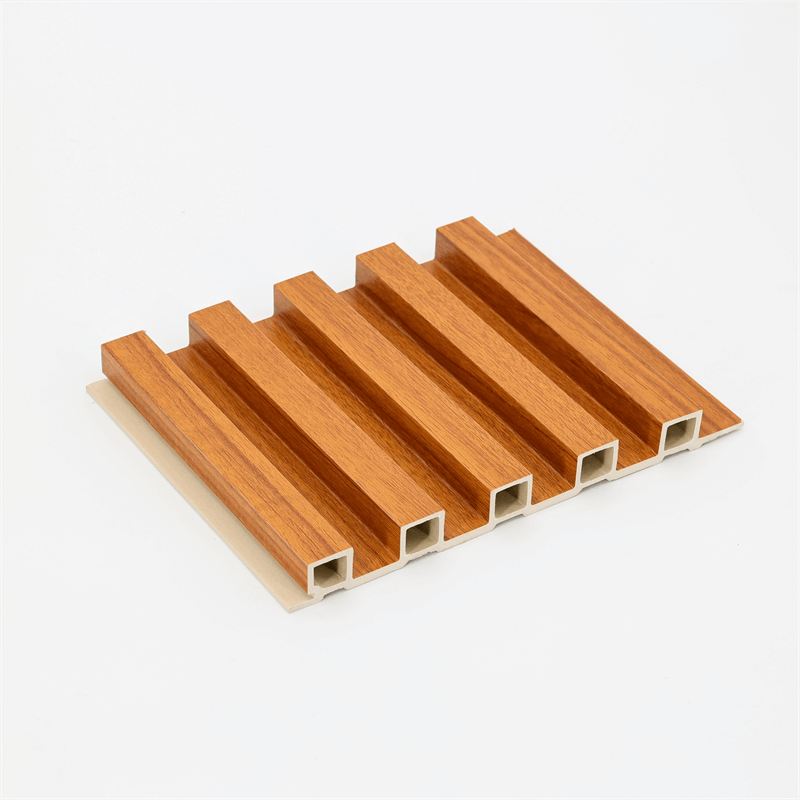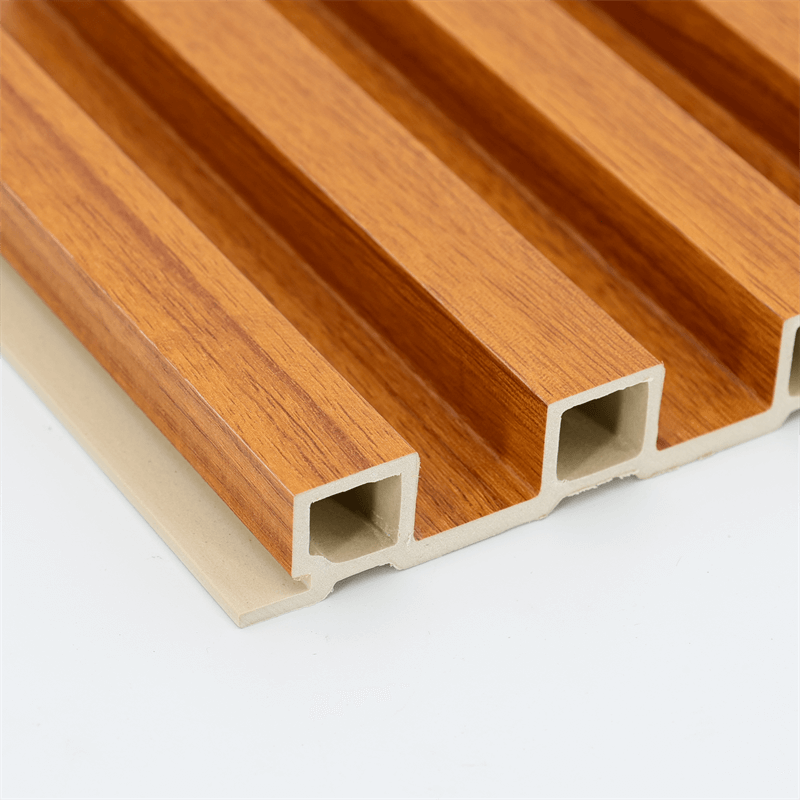Durability and longevity are critical factors to consider in construction materials, as they directly impact the longevity and maintenance costs of a structure.
WPC (Wood Plastic Composite) wall panels have gained recognition for their remarkable durability and longevity, making them an excellent choice in construction projects.
In this essay, we will explore the key attributes that contribute to the durability and longevity of WPC wall panels, focusing on their resistance to environmental factors,
structural stability, low maintenance requirements, and their ability to withstand wear and tear.
I. Resistance to Environmental Factors:
WPC wall panels exhibit exceptional resistance to various environmental factors, allowing them to withstand harsh conditions and maintain their integrity over time.
Unlike traditional wood, WPC panels are resistant to rot, decay, and insect infestation.
This resistance is primarily due to the plastic component in the composite, which acts as a protective barrier against moisture and pests.
The moisture resistance of WPC panels prevents the absorption of water, which can lead to warping, swelling, and fungal growth.
This resistance makes WPC panels suitable for both interior and exterior applications, even in areas prone to high humidity or moisture, such as bathrooms or coastal regions.
Furthermore, WPC panels are engineered to resist fading and discoloration caused by exposure to sunlight and UV radiation.
The addition of UV stabilizers during the manufacturing process helps maintain the original color and appearance of the panels, ensuring their long-term visual appeal.
II. Structural Stability:
The structural stability of WPC wall panels contributes to their durability and longevity in construction.
These panels are engineered to have a high strength-to-weight ratio, providing excellent structural integrity without adding excessive weight to the building.
This characteristic allows for the construction of robust and reliable structures while minimizing the load on the foundation and supporting structures.
Moreover, WPC panels have minimal expansion and contraction rates in response to temperature and humidity changes.
This stability prevents the panels from warping, cracking, or becoming structurally compromised, even in fluctuating weather conditions.
The dimensional stability of WPC panels ensures that they maintain their shape and structural integrity over time, reducing the risk of damage or deformation.
III. Low Maintenance Requirements:
WPC wall panels are known for their low maintenance requirements, which contribute to their longevity in construction.
Unlike natural wood, WPC panels do not require staining, painting, or sealing to maintain their appearance and performance.
The panels’ composite nature and protective finish eliminate the need for routine maintenance tasks associated with wood, such as sanding, varnishing, or resealing.
Cleaning WPC panels is a simple process that can be accomplished with mild detergent and water.
Regular cleaning helps remove dirt, stains, and debris, keeping the panels looking their best and maintaining their visual appeal.
The low maintenance requirements of WPC panels not only save time and effort but also reduce the associated maintenance costs over the lifespan of a structure.
IV. Resistance to Wear and Tear:
WPC wall panels are engineered to withstand wear and tear, ensuring their longevity in high-traffic areas or environments prone to impact.
The combination of wood fibers and thermoplastics in WPC panels creates a durable and resilient material that can withstand daily use and abuse without compromising its structural integrity.
The panels’ resistance to scratches, dents, and impacts makes them ideal for commercial spaces, public buildings, and areas with high foot traffic.
Even in environments with heavy usage or potential impact, such as schools, hospitals, or shopping centers, WPC panels retain their appearance and functionality, reducing the need for frequent repairs or replacements.
The durability and longevity of WPC wall panels make them a desirable choice in construction projects.
Their resistance to environmental factors, including moisture, UV radiation, and pests, ensures their integrity and visual appeal over time.
The structural stability of WPC panels provides reliable support while minimizing the load on the building’s foundation.
The low maintenance requirements of WPC panels reduce upkeep costs and efforts, making them a cost-effective choice.
Lastly, their resistance to wear and tear guarantees their performance and aesthetic value in high-traffic areas.

In summary, WPC wall panels offer an exceptional combination of durability and longevity in construction.
As the demand for sustainable and long-lasting materials increases, WPC panels emerge as a reliable solution, contributing to the durability and longevity of structures while requiring minimal maintenance.
In conclusion, the durability and longevity of WPC wall panels make them a highly advantageous choice in construction projects.
Their resistance to environmental factors, such as moisture, UV radiation, and pests, ensures that they maintain their structural integrity and visual appeal over time.
The structural stability of WPC panels provides reliable support while minimizing the load on the building’s foundation, leading to robust and long-lasting structures.
Furthermore, the low maintenance requirements of WPC panels reduce the need for frequent upkeep, saving both time and costs associated with maintenance tasks.
Their resistance to wear and tear allows them to withstand high-traffic areas and environments prone to impact, making them a practical choice for commercial and public spaces.
As sustainable construction practices become increasingly important, WPC wall panels align with the goals of eco-conscious design.
The use of recycled materials in their composition reduces waste and promotes a more environmentally friendly approach to construction.
In summary, WPC wall panels offer a compelling combination of durability, longevity, and low maintenance requirements, making them an innovative and practical solution in construction.
By incorporating WPC panels into building projects, designers and architects can create structures that not only stand the test of time but also contribute to sustainable and environmentally responsible construction practices.


